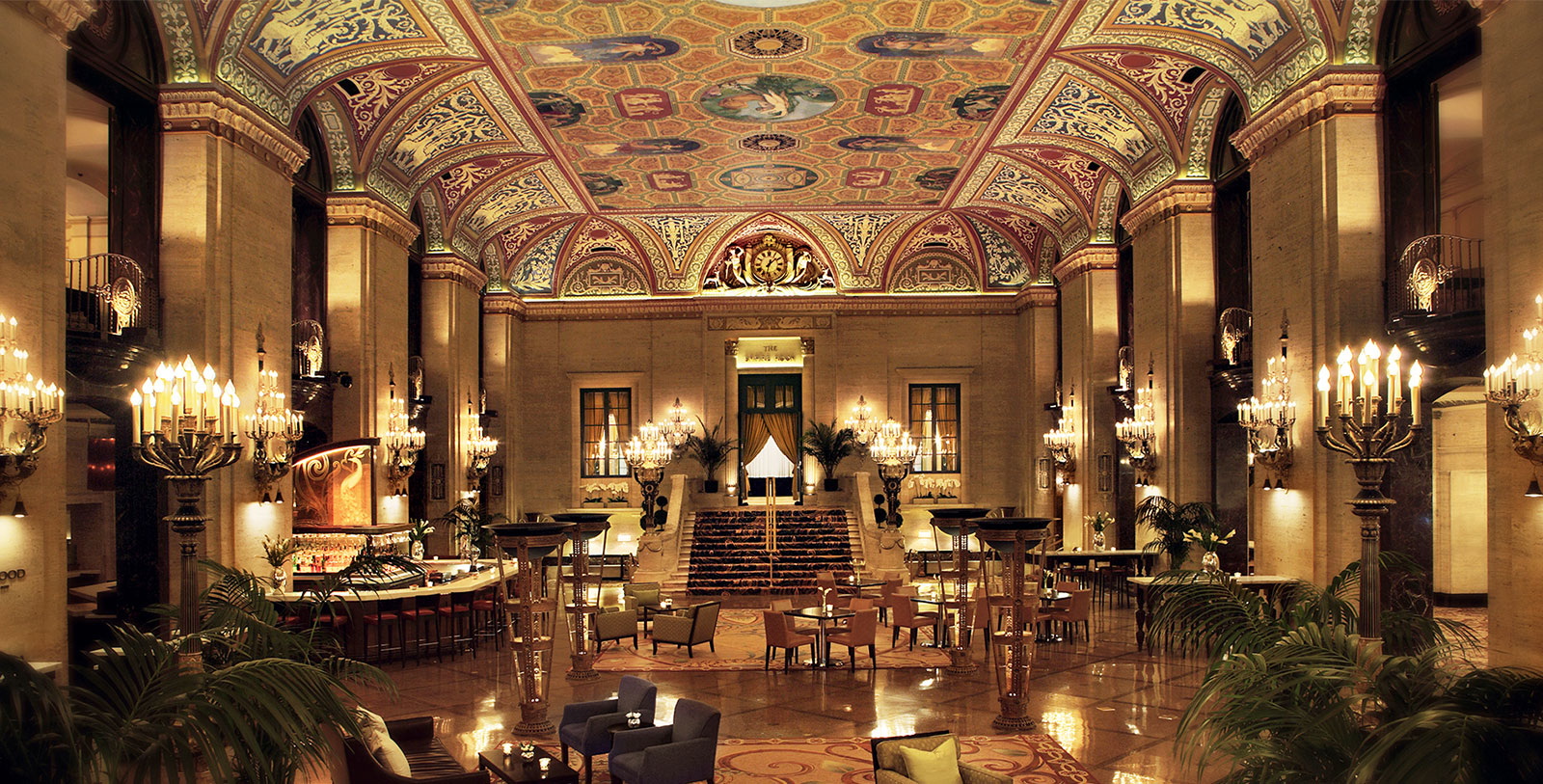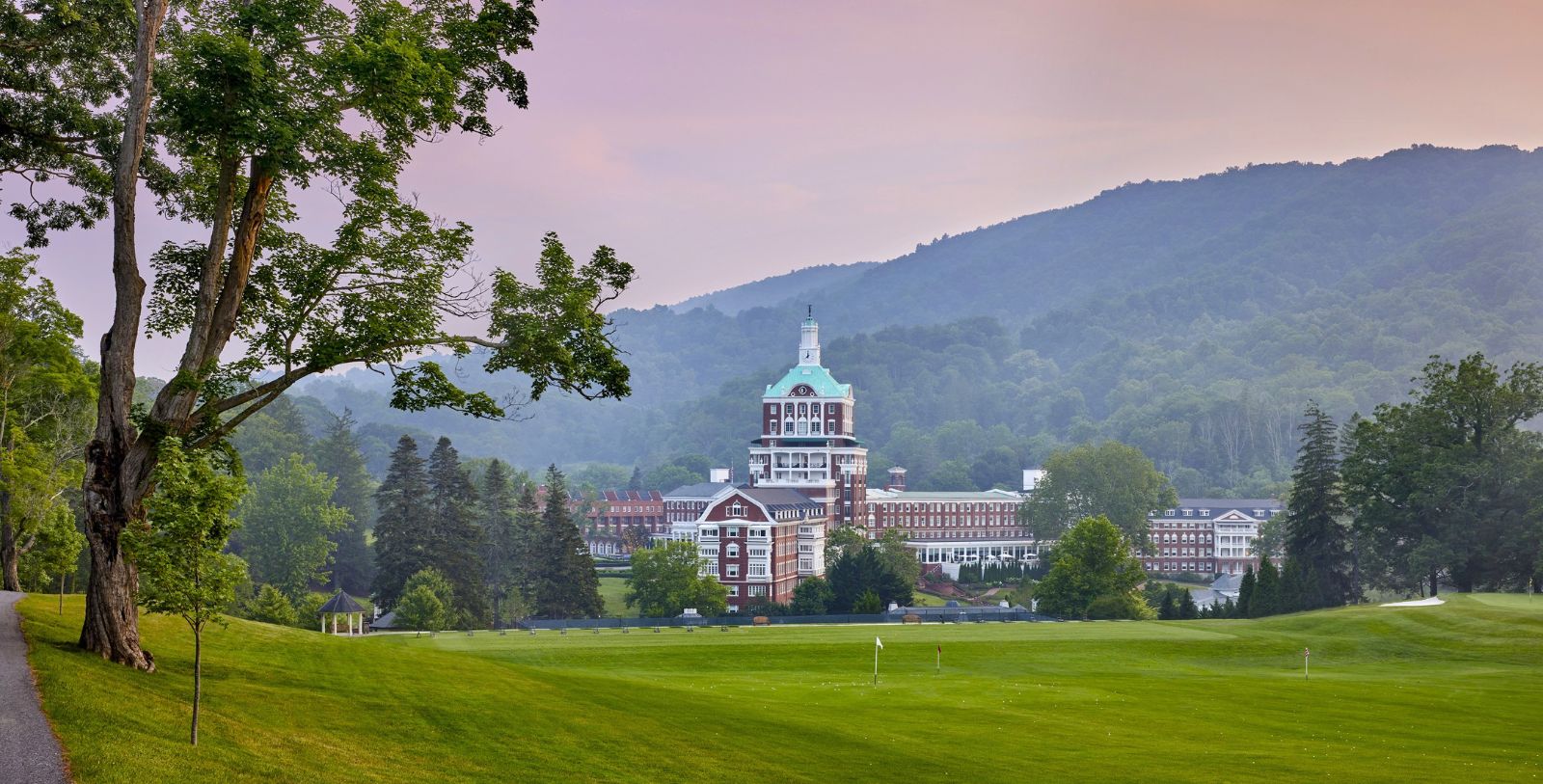As a seasoned location hunter, it is rare that a movie or television show fools me settings-wise. But the ABC series “Alaska Daily,” which premiered last October and is currently available to stream on Hulu, certainly managed to pull the wool over my eyes! Created and executive produced by Tom McCarthy, of “Spotlight” and “13 Reasons Why” fame, the drama centers around canceled New York investigative journalist Eileen Fitzgerald (Hilary Swank), who, following a major reporting scandal, gets pulled into a job at the fictional Daily Alaskan metro newspaper in Anchorage.
A true ensemble show featuring a gaggle of quirky, good-natured and thoroughly loveable characters, “Alaska Daily” takes viewers behind the scenes to witness the goings-on at a small paper, with all of the fact-checking, story-pitching and boots-on-the-ground research that entails. As McCarthy explained at PaleyFest, “I thought, man, what’s something I can do if I have an opportunity to make a TV show? And I thought, wouldn’t it be interesting to really get to know who are these journalists, specifically involved in local journalism? So that has always been my North Star. Can I humanize journalists? Can I get a sense of who they are and what makes them tick, and why they do the work they do? That isn’t something I really had the opportunity to explore in ‘Spotlight,’ which was way more procedural. There was very little real estate for personal lives and really getting to understand the sort of ins and outs of the business around the story.”
The story, in this case, is the murder of an indigenous woman named Gloria Nanmac (Mamie Eva Cecilia Pete) and the systemic failures plaguing the investigation into her death, as well as the many others like it. For inspiration, McCarthy looked to a series of Pulitzer Prize-winning articles penned by Kyle Hopkins for Anchorage Daily News and ProPublica, though the killings reported on by Eileen and her team are all purely fictional.
The show’s backdrop is largely fictional, too. While set in Anchorage, the cast and crew only visited the Alaskan city briefly to capture a handful of segments, with the bulk of filming taking place in British Columbia, which shocked this experienced locations aficionado! Granted I’ve never been to Anchorage, but I’m typically pretty adept at sussing out scenery dupes, even with places I’m not all that familiar. I bought “Alaska Daily’s” location trickery hook, line and sinker, though!
Even the show’s main locale, The Daily Alaskan office where Eileen and her fellow journalists report to work each day, as well as the entire strip mall surrounding it, is fabricated! In truth, the complex is an elaborate façade crafted by production designer Barry Robison around the exterior of a warehouse at Canadian Motion Picture Park Backlot Studio in Burnaby, about 10 miles southeast of Vancouver.
A few authentic Anchorage spots do get some screen time, though, as chronicled by Meaww, including the Tony Knowles Coastal Trail, the Lake Hood Seaplane Base and, most prominently, Hotel Captain Cook, where Eileen takes up residence while in town.
Situated just a stone’s throw from the picturesque waters of the Cook Inlet at 939 W. 5th Ave. in downtown Anchorage, the historic property was the brainchild of Walter J. Hickel, a hotelier/politico/local leader who served as Secretary of the Interior for President Richard Nixon and twice held the title of governor of Alaska. A true character, Walter, or “Wally” as he was typically referred to, is perhaps best known for his request to be buried vertically facing Washington, D.C., so as to keep tabs on lawmakers in the afterlife. His son Jack Hickel explained, “He said if they don’t do it right, he’s going to crawl out of his grave and straighten them out. He thought they were going to screw everything up. He wanted to keep his eye on them.”
Standing as one of Wally’s most significant achievements and legacies, Hotel Captain Cook was constructed following the massive 1964 earthquake that ravaged Anchorage. In an effort to begin restoration and rejuvenation of the city, Hickel set out to “build Alaska’s biggest and best hotel,” tapping the Edwin B. Crittenden and Associates architecture firm for its design and Seattle-based decorator Arthur Morgan to fashion the interiors.
He named the new lodging in honor of British explorer/cartographer Captain James Cook, who, as noted by Historic Hotels of America, “helped define Alaska in the 18th century by mapping its jagged coastline for the first time.”
Completed at a cost of $4 million, the property, initially consisting of a singular nine-story, 125-room tower shrouded in sable stone, opened to the public in July 1965 to much fanfare.
Featuring “a motif authentic to the period of Cook,” as a Fairbanks Daily News-Miner article chronicling the grand opening detailed, the interior was crafted with a “rich solidity of teakwood planking, carved pillars and entry pieces, and opulence of color and material in rugs and upholstery.” To ensure authenticity in the design, hotel publicist Herb Hilscher pored over the explorer’s “maps, logs and sketches,” and local Alaskan artist Fred Machetanz studied the original blueprints of Cook’s ship, the “HMS Resolution,” for a commissioned painting of the vessel. Their efforts paid off. In 1966, the property was recognized by Institutions Magazine for excellence in design.
Anchorage’s sole luxury hotel, the Captain Cook enjoyed success from day one and expansion was soon imminent. A second tower standing 16 stories and comprising 250 additional rooms was built by the Maynard and Wirum architecture firm in 1973, and a third standing 18 stories followed in 1978.
Today, the property, which encompasses an entire city block, boasts 546 rooms and suites, 14 meeting and special event spaces, a business center, a shopping plaza and an athletic club complete with a spa, workout rooms, a pool, a Jacuzzi, saunas and steam rooms. There are also four restaurants on the premises, most notably the Crow’s Nest. Situated on the top level of Tower 3, the AAA Four Diamond eatery provides extraordinary 360-degree views of the Cook Inlet, the Chugach Mountains and downtown Anchorage. For those guests less inclined to venture out, the Captain Cook also offers room service 24 hours a day.
A member of the Historic Hotels of America program since 2016 and the only Preferred Hotels and Resorts lodging in all of Alaska, the property has hosted countless celebrities and notables throughout its nearly 60-year history. Dedicated to the utmost in customer service, Condé Nast Traveler sums up, “It’s the kind of place where every request is met with a ‘Yes, ma’am/sir, it would be my pleasure.’ No task, be it booking a bear-viewing tour of Katmai National Park or arranging for a shuttle to take you to a nearby mountain peak, is too big or small for their concierge team.”
Considering its exclusivity and ritziness, Hotel Captain Cook was the obvious accommodation choice for big-city reporter Eileen Fitzgerald on “Alaska Daily.”
The lodging is featured primarily in the series’ first few episodes, including the pilot, in which Eileen checks into the Captain Cook shortly after arriving in Anchorage, much to the envy of her new co-worker Gabriel Martin (the utterly charming Pablo Castelblanco), who espouses, “I love this hotel – always wanted to stay here. Dare to dream! They have a great rooftop restaurant, a very lovely spa, a gift shop, an art gallery . . . “ Eileen’s room, however, where the reporter spends quite a bit of time, is a set loosely resembling the hotel’s actual suites that was designed by Robison inside of a soundstage over 1,000 miles away at Canadian Motion Picture Park.
The Captain Cook also enjoys some screen time in the 2012 drama “Big Miracle,” which recounts the true story of Operation Breakthrough, the 1988 rescue of three gray whales trapped in ice in Point Barrow, Alaska. It is at the hotel that Rachel Kramer (Drew Barrymore) bombards Governor Haskell (Stephen Root) with a request to send in the National Guard to help with the recovery efforts.
While little of the premises can actually be seen in the scene, according to Reuters, the “Big Miracle” production team also utilized the lodging as a sort of base camp throughout the two-month shoot, “converting rooms into movie sets, makeup and dressing areas and equipment-packed work sites,” with the film’s stars regularly traversing its storied hallways in the fabled footsteps of so many before them.
Discover the history of Hotel Captain Cook and book your stay!
Read the full article from Dirt.com here.
































